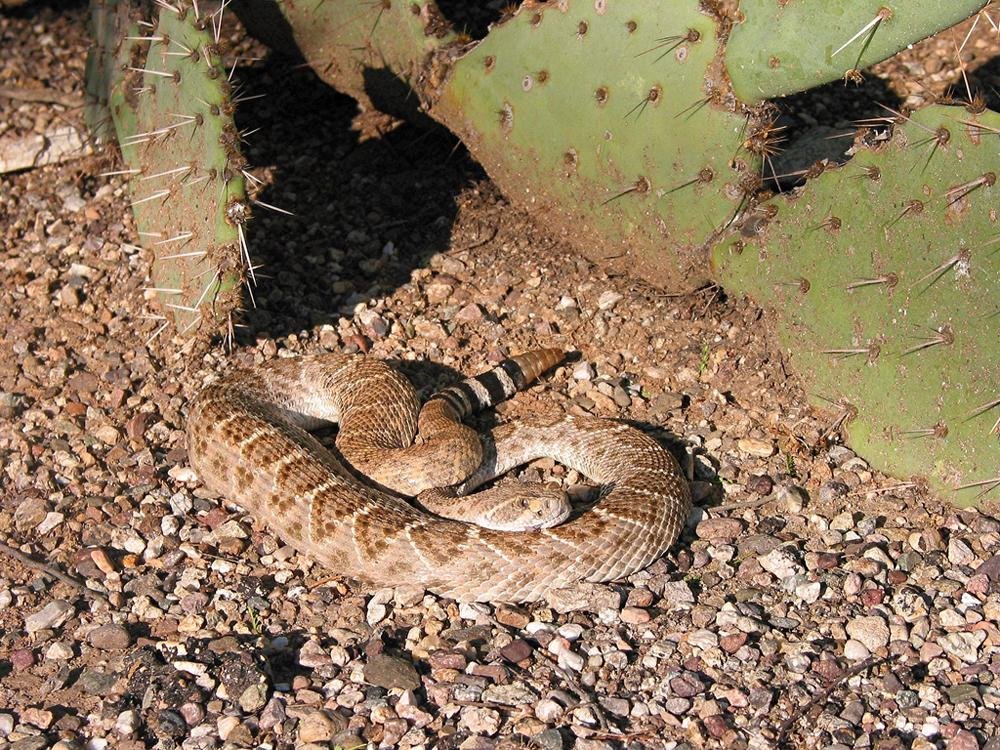arizona
As Tucson Heats Up, Rattlesnakes Emerge: Essential Safety Tips You Must Know

As spring blossoms in Arizona, the temperatures rise and more people venture outdoors to enjoy the natural beauty before the intense summer heat arrives. This change in season brings out various wildlife, notably the state’s native reptiles, including rattlesnakes.
Arizona is home to 13 species of rattlesnakes, which become increasingly active from March through October, peaking in activity during April as they emerge from hibernation. The Arizona Game and Fish Department has issued warnings and safety recommendations to the public.
To stay safe this season, officials advise the following:
- Watch Your Step: Rattlesnakes can conceal themselves well within their surroundings. It is recommended to carry a flashlight when outdoors at night and to be cautious about where you place your feet and hands.
- Stay on the Trail: Encounters are more likely when individuals stray from designated trails or congested areas. Remaining on marked paths and staying aware of your surroundings is crucial.
If you spot a rattlesnake, the recommendation is clear: back away slowly and give the snake space to move. “Rattlesnakes are usually more interested in avoiding confrontation than engaging,” stated Thomas Jones, program manager of amphibians and reptiles for Game and Fish.
In case of a rattlesnake bite, Arizona Game and Fish advises taking the following steps:
- Remain Calm: Staying composed is vital.
- Seek Medical Help: Call 911 immediately.
- Remove Jewelry: Take off any jewelry near the bitten area.
- Limit Movement: Keep the affected limb still and below heart level to slow the spread of venom.
Additionally, there are critical actions to avoid:
- Do not apply ice.
- Avoid making incisions.
- Do not use a tourniquet.
- Refrain from administering alcohol or drugs.
According to Game and Fish, the likelihood of being bitten is significantly reduced by leaving rattlesnakes undisturbed. “More than half of rattlesnake bites result from provocation by the bitten individual,” the department noted in its release.


















